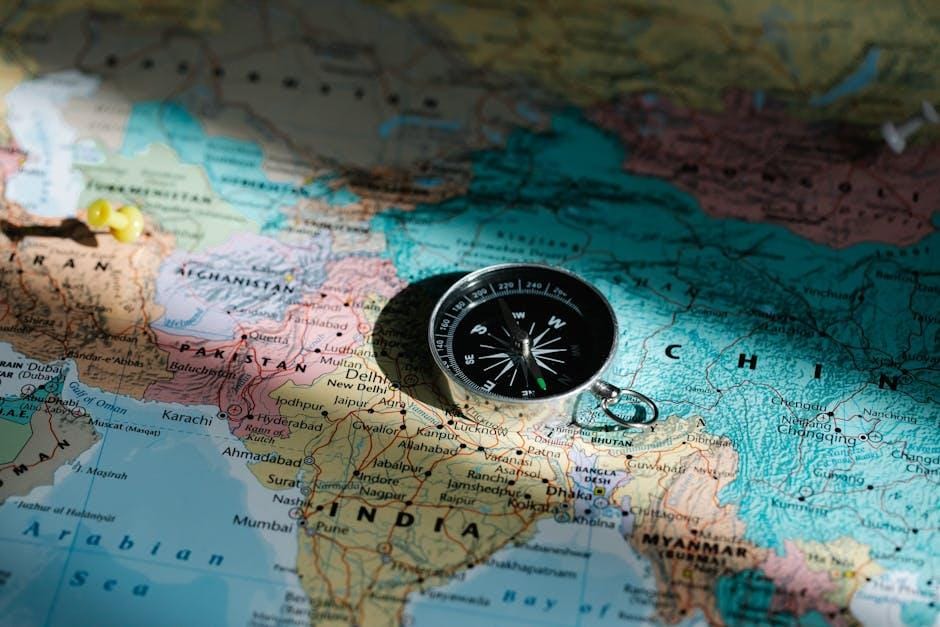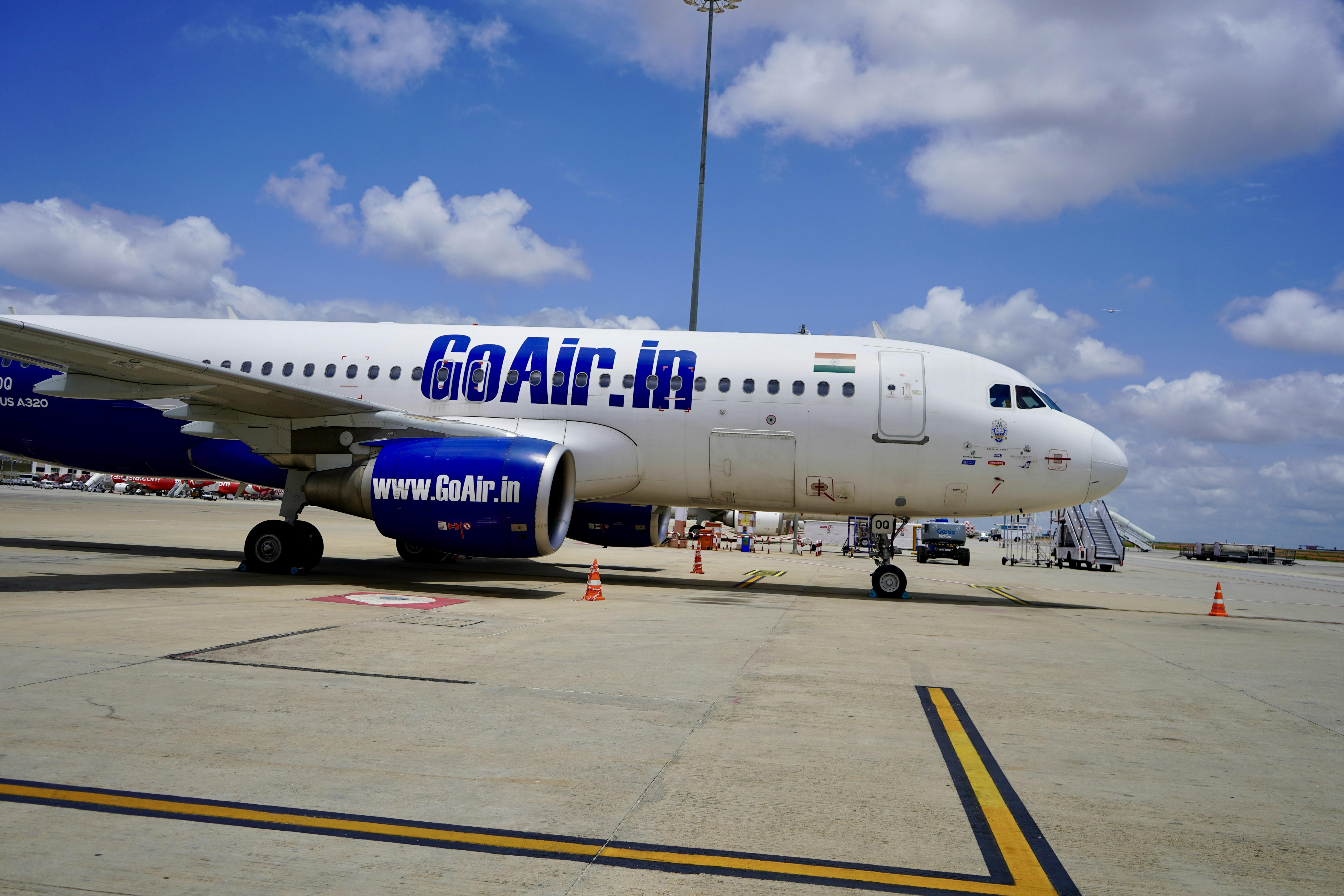Embarking on a new adventure or planning a leisurely getaway doesn’t have to drain your bank account. In fact, with a little savvy planning and mindful budgeting, you can explore the world—or even just your own backyard—without breaking the bank. Welcome to our listicle, “4 Smart Tips for Savvy Travel and Leisure Budgeting,” where we’ve distilled the essence of cost-efficient travel into four essential strategies. Whether you’re a seasoned globetrotter or a casual weekend wanderer, these tips are designed to help you stretch your dollars further, allowing you to savor more experiences and create lasting memories. So, fasten your seatbelts and prepare for a journey into the art of budget-friendly travel!
1) Craft a Detailed Itinerary: Plan your journey meticulously by outlining each days activities, transportation methods, and accommodation. This allows you to foresee any potential expenses and areas where you might be able to save money. A detailed itinerary also helps in securing early bird discounts and avoiding last-minute spending
Begin your travel plans by sketching out a comprehensive itinerary that encompasses all the essential elements of your trip. This means planning each day’s activities, modes of transportation, and lodging options. By detailing these components, you can identify and control potential costs, highlighting opportunities where you could economize. For instance, choose activities that offer discounts for early bookings or bundle accommodations and transportation for a better deal. This structured approach also helps in avoiding unnecessary last-minute spending and emergencies, ensuring a smoother journey.
Consider organizing your detailed plans in a clear format to easily reference during your trip. For those who are visually inclined, tables can be incredibly useful:
| Day | Activities | Transport | Accommodation |
|---|---|---|---|
| Monday | City Tour | Bus | Hotel A |
| Tuesday | Museum Visit | Walk | Hotel A |
| Wednesday | Beach Day | Taxi | Hotel B |
By keeping this framework updated and interactive, you’ll be able to streamline your trip, capturing potential savings while ensuring every facet of your journey is accounted for. This can lead to various advantages, from securing early bird discounts to expertly navigating through your destination without financial surprises.

2) Prioritize Experiences Over Material Goods: Allocate your budget towards experiences that create lasting memories rather than splurging on material items. Engage in local experiences, tours, or classes that provide unique insights into the destinations culture and make for enriching, cost-effective travel
Embrace the concept of collecting moments instead of things. Investing in experiences can often be more fulfilling and memorable than buying physical items. Imagine spending a day exploring a historic town, taking a cooking class to learn how to prepare a local dish, or going on a guided nature hike. These types of activities not only offer cultural enrichment but also provide unique stories and perspectives that a souvenir can never deliver. Whether it’s a local wine tasting in the vineyards of Tuscany or a dance class in the heart of Rio de Janeiro, these experiences often come at a fraction of the cost of high-end shopping sprees and offer far greater value in terms of personal growth and enjoyment.
Consider the following ways to make the most out of your travel budget through experiences:
- Local Tours: Join a walking tour or a bike tour for an affordable way to see the highlights of a city with the added benefit of a local guide.
- Workshops and Classes: Participate in a pottery-making class, a tango lesson, or a sushi-making workshop to connect deeply with the culture.
- Natural Attractions: Visit national parks, botanical gardens, or scenic viewpoints that often have low entry fees but offer breathtaking experiences.
| Experience | Cost | Memory Value |
|---|---|---|
| Walking Tour | $20 | High |
| Cooking Class | $35 | Very High |
| National Park Visit | $10 | High |

3) Leverage Rewards and Loyalty Programs: Utilize credit card rewards, airline miles, and hotel loyalty programs to reduce travel costs. These programs often offer significant discounts on flights and accommodations, allowing you to stretch your budget further while enjoying premium services and amenities
One of the most effective methods to save on travel expenses is to capitalize on rewards and loyalty programs. By strategically using your credit card rewards, you can redeem points for airfare, car rentals, or even entire vacation packages. Many credit cards offer significant sign-up bonuses which can be converted into substantial travel currency. Additionally, membership in airline frequent flyer programs can accumulate miles each time you fly, which can later be redeemed for free or discounted flights. The same goes for hotel loyalty programs; accruing points through stays or purchases can lead to free nights, room upgrades, or other exclusive perks.
- Credit Card Rewards: Redeem points for flights, hotels, and car rentals.
- Airline Miles: Collect miles to earn free or discounted flights.
- Hotel Loyalty Programs: Earn points for free stays and room upgrades.
To give you a clearer picture, here’s a quick comparison of some popular rewards and loyalty programs:
| Program | Benefits |
|---|---|
| Chase Sapphire Preferred | 2X points on travel & dining, 25% more value when redeemed for travel |
| Marriott Bonvoy | Free nights, room upgrades, and exclusive member rates |
| Delta SkyMiles | Earn miles with every flight, redeem for travel and upgrades |

4) Adopt a Flexible Travel Schedule: Traveling during off-peak seasons or mid-week can lead to substantial savings. Flexible scheduling allows you to take advantage of lower prices on flights, lodging, and activities, making your travel experience more budget-friendly without compromising on enjoyment
Embracing travel flexibility not only offers the thrill of spontaneous adventures but also significantly cuts down on costs. By planning trips during off-peak seasons or scheduling mid-week departures, you can take advantage of lower airfares, discounted accommodations, and fewer crowds. Whether you’re daydreaming about a beach getaway in late September or a snowy retreat post the holiday rush, a flexible schedule means you’re not competing with the seasonal surge of travelers. This approach can lead to tranquil experiences and substantial savings, allowing your budget to stretch further, meaning you can enjoy more activities or indulge a bit more during your stay.
Moreover, many travel services provide special deals for those with adaptable itineraries. Airlines often slash prices for mid-week flights, and hotels frequently offer reduced rates for non-weekend stays. Take a look at the comparison below for typical savings:
| Peak Season | Off-Peak Season | |
|---|---|---|
| Flight (Round-trip) | $500 | $300 |
| Hotel (Per Night) | $200 | $120 |
These savings can then be redirected to enrich your travel experiences, be it through additional excursions, upscale dining, or souvenirs for loved ones back home. Embrace a flexible travel plan and unlock a world of opportunities that don’t strain your wallet.
The Conclusion
And there you have it—four smart tips to elevate your travel and leisure experience without breaking the bank. Whether you’re planning a whirlwind adventure across continents or a serene weekend getaway, these budgeting strategies are your trusted allies. So go ahead, pack your bags, and set off on your next journey with confidence. Let your travels not only enrich your soul but also keep your wallet happy. Until your next adventure, happy exploring and savvy budgeting!
